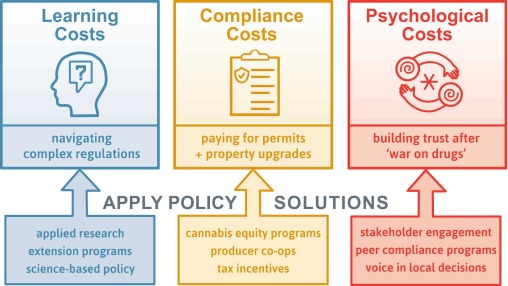Yes it does! Read our recent publication in the North American Journal of Fisheries Management led by Gabe Rossi: Flow augmentation from off-channel storage improves salmonid habitat and survival.
Author: tgrantham
COEQWAL Project Launch
The Collaboratory for Equity in Water Allocations (COEQWAL) project was launched in the fall. To learn more about the project, visit coeqwal.berkeley.edu and read this Q+A article with Maven’s Notebook journalist Janet Byron.
COEQWAL Project Funded through UC Climate Action Grant Program
Excited to announce that our project, entitled “COEQWAL: Equitable stewardship of California’s water in a changing climate”, has been funded through the University of California’s Climate Action Grant Program. The two-year, $9M project aims to create tools, data, public education, and partnerships that will inform more open and transformative discussions about water operations and management in the Sacramento-San Joaquin River system in a changing climate. The project will also do deep dives into the multifaceted implications of water allocations scenarios for salinity management, drinking water for vulnerable communities, and Chinook salmon recovery. Stay tuned for more information!
Congratulations Dr. Brian Kastl!
This summer, Brian filed his dissertation entitled, “Ecological thresholds in a water-scarce, warming world: Informing instream flow conservation for endangered salmon.” Brian is now working as an ORISE Fellow with the US EPA, where is he contributing to the development of new temperature management policies for the conservation of salmon and steelhead in the Western US. Well done Brian!

Rossi and Georgakakos launch new pikeminnow control study
This summer, research scientist Gabe Rossi and postdoc Phil Georgakakos, together with partners at California Trout, Stillwater Sciences, California Department of Fish and Game, and the Wiyot Tribe, led installation of an experimental fish weir to control pikeminnow on the Eel River. The Sacramento pikeminnow is native to California, but was introduced to the Eel River in the 1970s. Pikeminnow are voracious predators that feed on juvenile salmonids and are thought to be a key factor in preventing recovery of salmon and steelhead trout in the watershed. Learn more about the project here and in the video below.
Planning for future dam removals
There are thousands of aging dams in the U.S. that are no longer serving their intended function and/or pose a safety risk to downstream communities. In many cases, the removal of old dams is more cost-effective than retrofitting or rebuilding new infrastructure. Dam removal also tends to bring substantial environmental benefits. However, dam removal is also a resource-intensive process and, given the large number of dams that exist on the landscape, deciding which dams to remove requires careful consideration of the costs and benefits. In a new paper led by Suman Jumani, we present a screening framework for guiding dam removal planning to address this need.
Fig. 1. Overview of the dam removal decision-support framework. Steps outlined in solid lines (Tier 1 and Tier 2) can be computed through desktop analyses. Steps outlined in dashed lines are those that require additional computational work and assessment of local, socio-cultural factors that may influence the feasibility of dam removal (Tier 3).

How do we quantify biodiversity in California for conservation planning and management?
In a new paper in Journal of Environmental Management, Molly Oshun explores how we can make better use of existing biodiversity data in California to inform conservation planning and management. Read more here.

New issue of Breakthroughs, Magazine of the Rausser College of Natural Resources, highlights the Berkeley Freshwater Research Group
The Spring 2023 issue of Breakthroughs focuses on “The Future of Water” and spotlights research in the Carlson, Ruhi, and Grantham labs to advance understanding of California’s threatened freshwater ecosystems. Read the story here.
Changes in steam vertebrate communities linked to spatial and temporal patterns in drying
A new paper led by Hana Moidu in Freshwater Biology explores the environmental factors that affect the distribution and composition of stream vertebrates in an intermittent stream. Using a long-term monitoring data from Coyote Creek in northern California, Hana and co-authors show that distinct habitat types found intermittent streams (transient small pools, transient large pools, and persistent large pools) support distinct assemblages of aquatic invertebrates. These findings help us to understand how stream drying from human water use climate change can affect freshwater biodiversity.

Compliance barriers for cannabis cultivators
In this opinion piece, published in Land Use Policy, we explore the barriers that cannabis cultivators face in complying with California’s cannabis regulations post-legalization.

